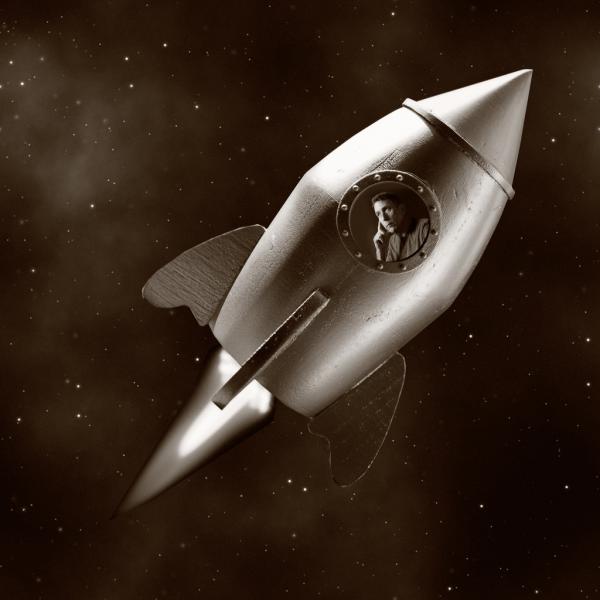
Private space company Blue Origin is planning to test their own manned missions later this year while Space Exploration Technologies (SpaceX) gears up for the first launch of its Falcon Heavy rocket, the most powerful rocket since the Saturn V that first got Americans to the moon. Exciting things are happening in space thanks to new technologies being developed by private companies.
On March 10, the Center for a New American Security published a study by Robert Zimmerman that took a look at the history of the American space industry to compare how different approaches in space policy yielded radically different results in outcome and costs.
The study compared space systems developed with heavy government control versus private-industry centric approaches to see which path was better for taxpayers and the industry at large. It is no surprise, then that Zimmerman found the most dramatic success stories in the private sector, while centrally planned programs floundered and stalled.
In 2005 the United States committed itself to a long term program to get people to the moon, and possibly beyond. NASA was tasked with replacing the Space Shuttle program with what was dubbed the Crew Exploration Vehicle, set to explore the solar system and get to the moon in ten years. It has, of course, failed the time frame for the mission. The program was modified by the following administration to create what we now call the Orion Space Capsule and Space Launch System (SLS).
After more than 15 years and $43 billion spent, the United States has not been able to produce the much anticipated SLS and has yet to find a use for it. This is a rocket without a mission.
A healthy space ecosystem serves many purposes. Besides the obvious military implications, the global economy has reaped massive dividends from technologies birthed in space development. Without satellite GPS, lasers, and water purification it is difficult to imagine modern society; yet they were all developed thanks to the space race.
Regrettably, billions of dollars have been squandered in heavy-handed approaches that do little to advance space technology. Zimmerman found that
When we add in the cost to build Ares/SLS as well as all NASA’s carrying costs, the total outlay to build and launch these three capsules equals about $43 billion. From conception to first operational flight will take about 15 years, assuming that first manned Orion flight occurs in 2021.
Meanwhile, after spending $5.4 billion and 7 years of development, the private sector has been able to launch 42 cargo and unmanned flight capsules and 42 rockets.
In fact, while the government is still struggling to get its massive rocket without a mission airborne, SpaceX has announced that by the end of the year they will send two people on a trip to circumnavigate the moon before returning to earth on their Falcon Heavy rocket.
The SLS will likely launch for the first time in 2018, and is likely to only launch once per year. It may have a higher payload than the Falcon Heavy, or other heavy lift rockets currently in development, but the current estimates for each launch run at a low end of $500 million. For that price a costumer could launch 5 (!) Falcon heavies at $90 million per launch, and have change to spare for space ice cream.
Space is too important to leave to government central planning. In spite of decades of over-regulation, breakthrough companies are reshaping the world’s aerospace industry. Not only is it becoming cheaper for space programs to perform science in space, but more companies are entering the launch market, and new players are finding ways to innovate, making telecommunications cheaper for everyone and paving the road for affordable space travel.

